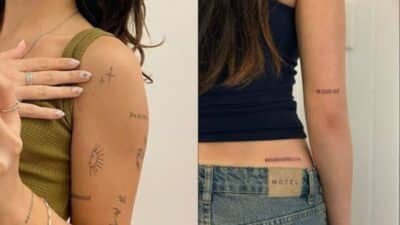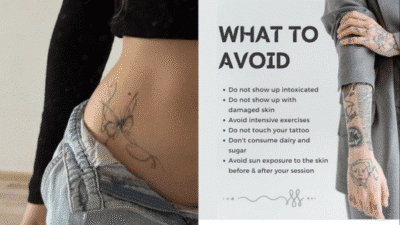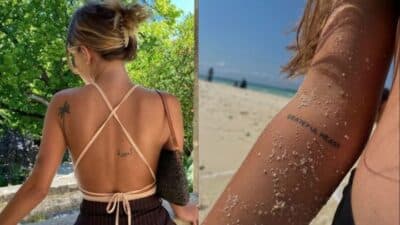Chicano art tattoos are a unique style that blends culture, history, and bold artistic expression. These tattoos are known for their strong black and gray shading, fine lines, and iconic images that reflect deep meaning for many people. From religious figures to lowriders and roses, every piece tells a story about family, struggle, and pride in heritage.


This style grew from Chicano culture and the experiences of Mexican Americans. Artists today use classic themes and modern techniques, making each tattoo both a tribute to the past and a form of self-expression. Chicano tattoos remain popular because they connect personal identity with cultural roots in a way that stands out.
Key Takeaways
- Chicano art tattoos blend culture, history, and artistic style.
- Common designs hold deep personal and cultural meaning.
- The style continues to influence tattoo art today.
Origins of Chicano Art Tattoos
Chicano art tattoos began among Mexican American communities in the United States. Their development was influenced by cultural traditions, social movements, and styles from urban neighborhoods.
Cultural Roots and Heritage
Chicano tattoos have strong ties to Mexican American identity. The art often includes symbols such as religious figures, Aztec imagery, roses, and iconic lowrider cars. These designs help people show pride in their cultural background and family values.
Tattooing methods were simple at first. Early artists used sewing needles and black ink for their work. Many designs carried personal or spiritual meanings, such as the Virgin Mary for faith or skulls representing the cycle of life and death.
Family names, loved ones, and important dates are common in Chicano art tattoos. They connect people to their roots and tell personal stories about their lives.
Influence of the Chicano Movement
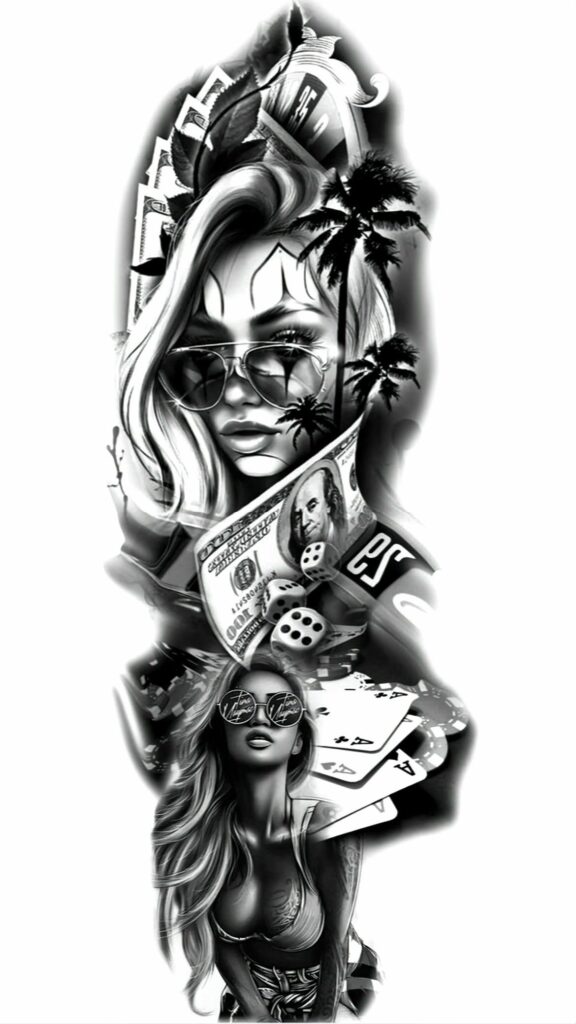

The Chicano Movement in the 1960s and 1970s played a big role in shaping these tattoos. This civil rights movement focused on Mexican American empowerment, education, and social justice.
Artists started adding more political and cultural symbols to their work. Images like protest fists, farmworkers, and slogans for equality became popular. Tattoos became tools for expressing demands for respect and recognition.
As a result, Chicano art tattoos moved beyond simple decoration. They began to carry messages of cultural pride, resistance, and unity among Mexican Americans.
Evolution of Urban Street Aesthetics
Chicano art tattoos developed unique visual styles from urban environments, especially in areas like East Los Angeles. The black and gray realism style grew out of street and prison cultures, using only black ink and shading to create detailed images.
Common themes include finely shaded portraits, script writing, and scenes from everyday life. Artists often created tattoos in homes or in prison before the style spread to professional tattoo shops.
The style became a key feature of Chicano art, showing both the harsh realities and strong community ties of urban life. Over time, this look influenced tattoo culture both inside and outside Mexican American neighborhoods.
Key Symbols and Iconography

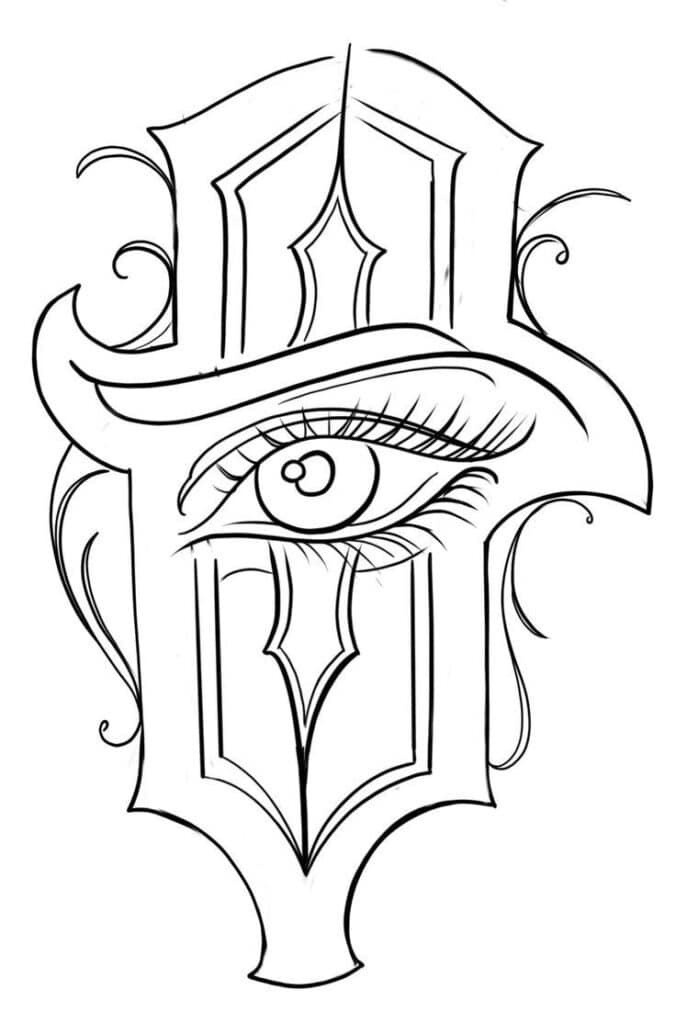
Chicano art tattoos use powerful symbols tied to faith, culture, and everyday experiences. These designs often blend tradition with personal stories, making each tattoo unique and meaningful.
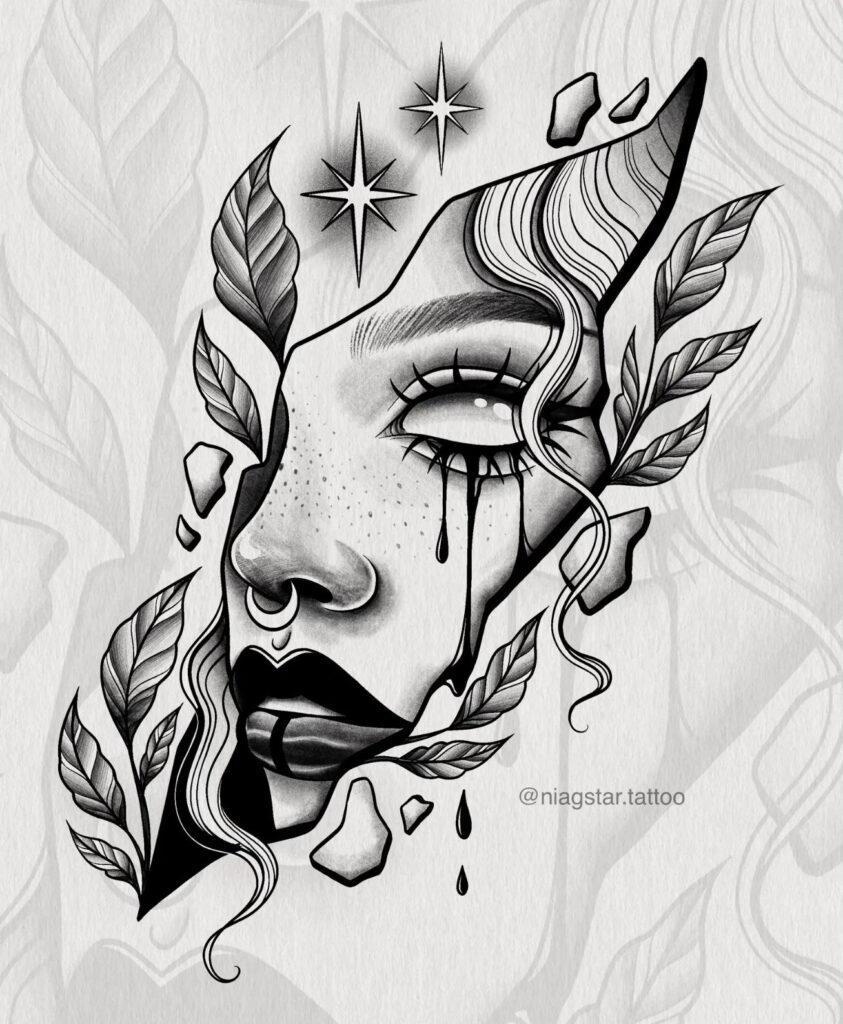
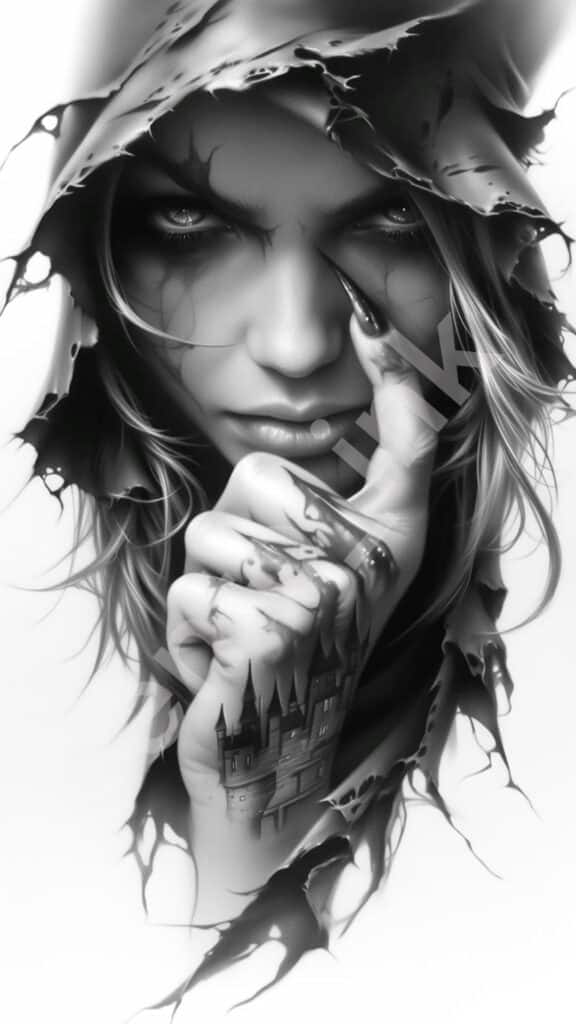
Religious and Spiritual Motifs
Religious iconography is central in many Chicano tattoos. One of the most common motifs is the Virgin Mary—often shown with her hands folded in prayer or a radiant backdrop. For many in the Chicano community, she stands for faith, protection, and cultural identity.
Crosses and rosaries are also popular, connecting the tattoo’s wearer to their Catholic roots. Some tattoos include angels or praying hands, symbols of guidance and hope.
The imagery sometimes features sacred hearts or candles. These details can represent loved ones, devotion, or the light found during hard times. Religious themes help express spiritual beliefs and offer a sense of comfort.
Portraits and Chicano Girls
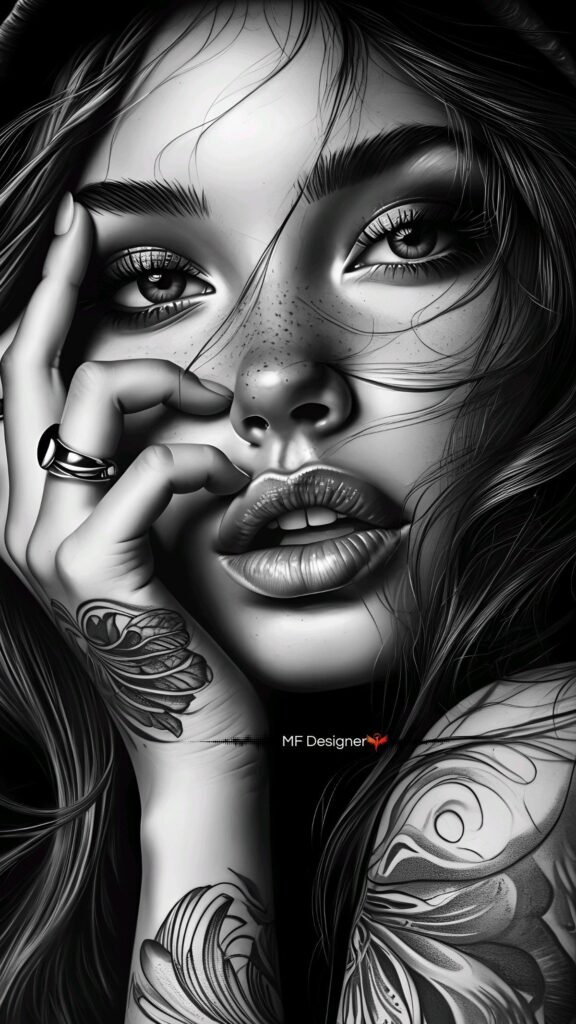

Portrait tattoos are known for their lifelike detail and shading. Chicano girls, also called “La Chicana” or “chola girls,” are a familiar image. These portraits might show women with dark lipstick, hoop earrings, and dramatic eyeliner. Often, the women have a soft, sad, or strong expression.
Portraits may also depict loved ones, celebrities, or cultural icons. The careful detail in faces honors family, friendship, and respect. Sometimes these tattoos include tears, roses, or a lowrider car in the background.
Adding roses or soft touches around the face reflects both beauty and struggle. These tattoos can share a story of pride or survival in Chicano culture.
Old School Tattoo Elements
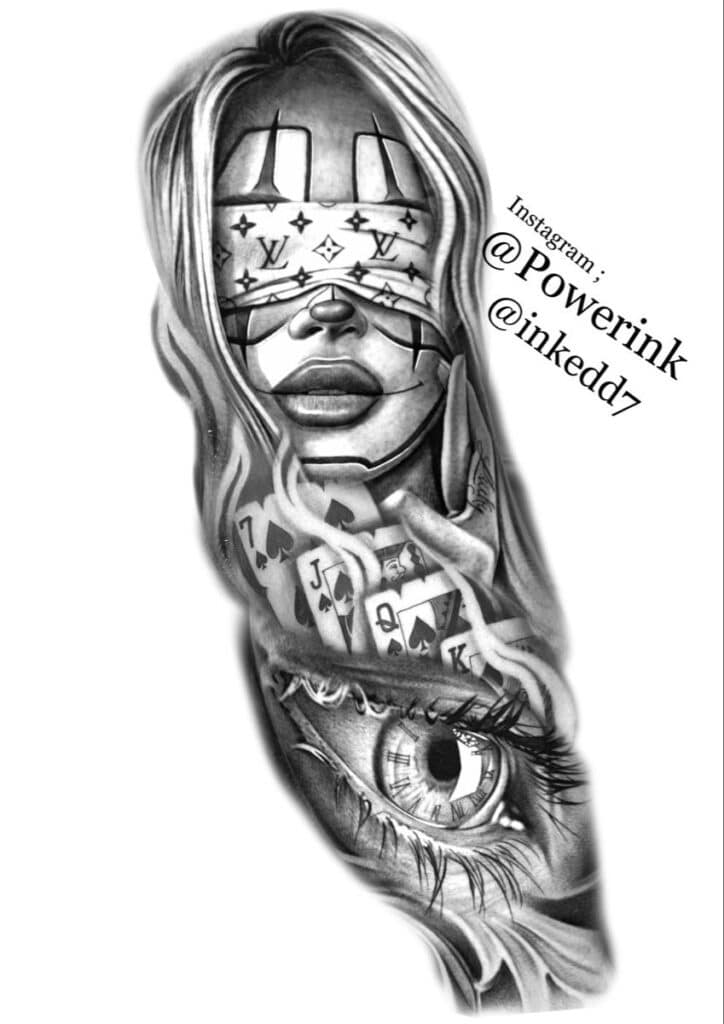

Old school tattoo elements give Chicano art a classic look. Skulls and scary masks are common, sometimes paired with clown faces or dramatic makeup. These designs can symbolize the struggles of life or facing danger bravely.
Guns, dice, and cards show links to the streets or barrio life. They might stand for fate, risk, or protection.
Bold black and gray shading is traditional for these tattoos. The style often uses script writing, such as a loved one’s name or a meaningful word. Old school elements connect to history and honor the legacy of Chicano tattoo artists.
Chicano Tattooing Techniques and Styles
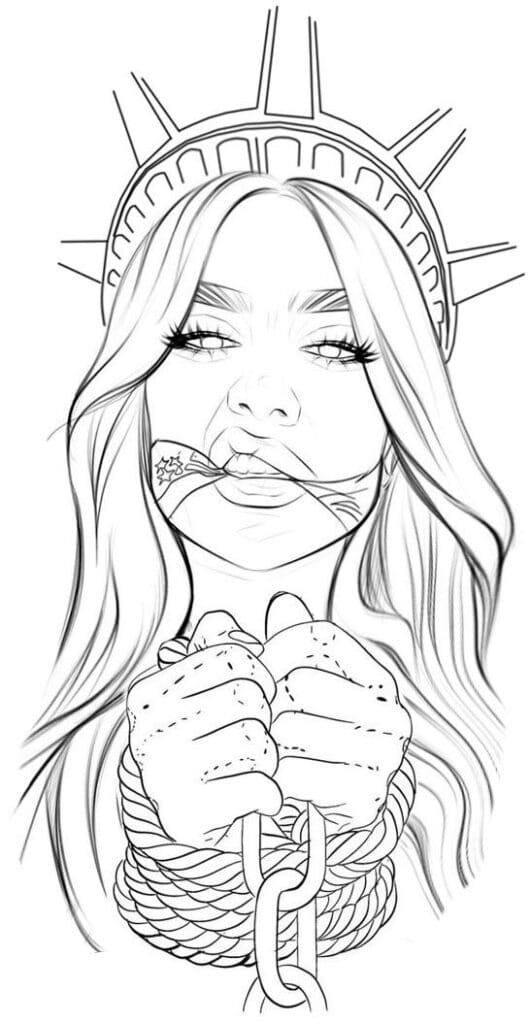

Chicano tattooing is known for its strong visual impact, blending fine line work, expressive lettering, and cultural influences from the 1940s to modern street art. The style often features black and grey shading, bold inscriptions, and design elements rooted in Mexican-American identity.
Monochrome Line Art
Monochrome line art is a major part of Chicano tattoos. Artists use only black and grey ink, rarely adding color. This creates a dramatic effect, with shading and fine lines bringing depth to each piece. Faces, hands, religious images, and lowriders are among the most common subjects.
The clean lines are done with single needles or fine liners. This gives the artwork a soft, almost pencil-drawn look. Gradual shading adds dimension without harsh transitions. The result is a realistic, yet stylized image that stands out for its clarity and emotion.
Chicano line art is known for its detail. Tiny features like hair strands or folded clothing show the skill of the tattoo artist. The focus on monochrome also helps highlight the cultural symbols and messages in each tattoo.
Typography and Lettering
Lettering is a defining part of Chicano tattoos. Artists often use bold, cursive, or Old English fonts to spell out names, phrases, or slogans. This comes from a tradition of graffiti and street writing in the Chicano community. Every letter is carefully shaped, with sharp points, curves, and shadows for a three-dimensional effect.
Chicano typography often appears as banners, scrolls, or across knuckles and forearms. Tattoos may include family names, loved ones, or words like “familia” and “amor.” The lettering adds a personal touch and meaning to the tattoo.
Artists may mix thick and thin strokes to make each inscription unique. Shadows and highlights give the lettering a strong and dynamic look. This style has influenced tattoo alphabets around the world.
Vintage and Graffiti Influences
Vintage elements play a big role in Chicano tattooing. Designs may feature cars from the 1940s, pin-up girls, and fashion styles from early Mexican-American neighborhoods. This adds a sense of history and origin.
Graffiti also inspires Chicano tattoo art. Large, bold letters and street-style writing reflect urban culture. Walls, train cars, and sidewalks shaped this art form before it moved to skin.
Mixing vintage and graffiti styles, artists create tattoos that honor both tradition and modern life. Old-school icons and modern calligraphy blend to show the full range of Chicano culture. The style pays respect to the past while keeping its art form current and relevant.
Popular Chicano Tattoo Designs
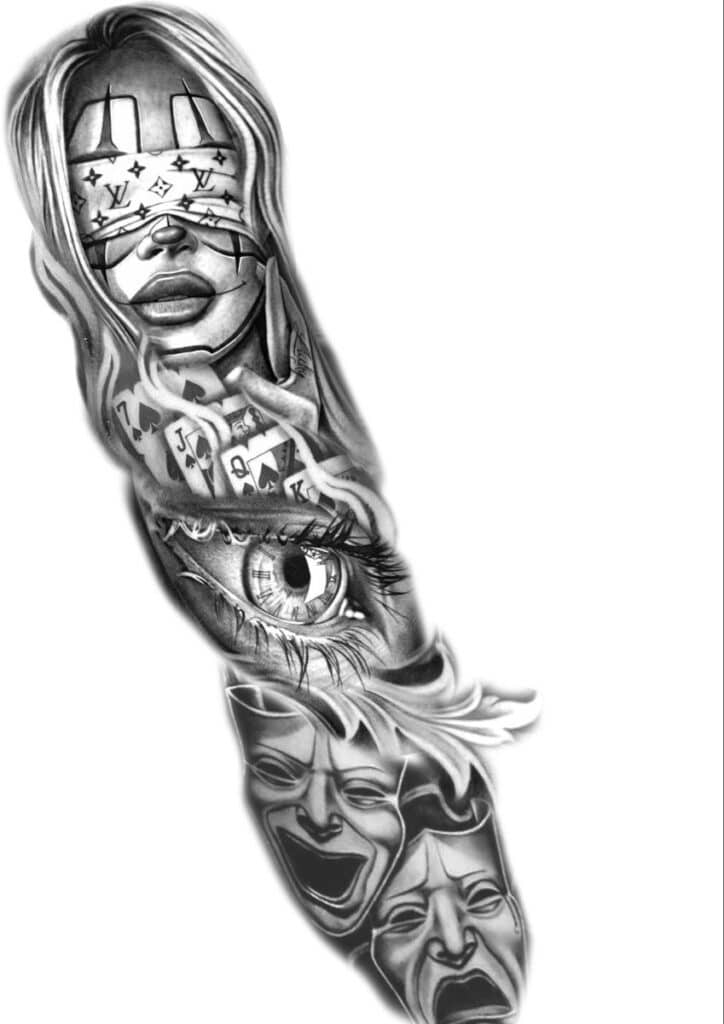

Chicano art tattoos feature a range of detailed images and bold styles. Most designs use black and grey ink with smooth shading and fine lines to create a realistic effect.
Chicano Style Tattoo Trends
Chicano style tattoo trends often include large, dramatic images with high contrast. Key subjects are faces of women, religious symbols, and lowrider cars. Lettering, especially Old English or script, is common for names, phrases, or tributes.
Many tattoos focus on memorial themes or pay respect to loved ones. Popular icons like clowns, skulls, and roses are chosen for their meaning and classic look. Fine line art and careful detail help these designs stand out. Some artists also add shading for more depth or realism.
Here’s a list of common Chicano style tattoo elements:
- Script/Lettering: Names, phrases, or quotes
- Female faces: Often shown with makeup or veils
- Religious imagery: Crosses, praying hands, or Virgin Mary
- Roses and skulls: Stand for life and death
- Clowns or payasos: Drama, humor, or street life
Tattoo Designs With Symbolism
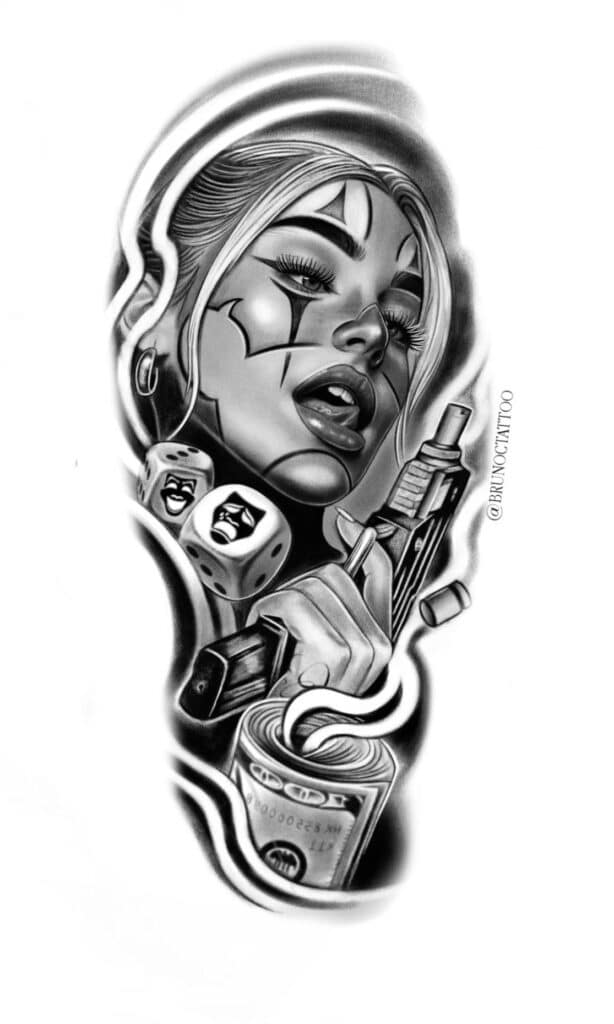
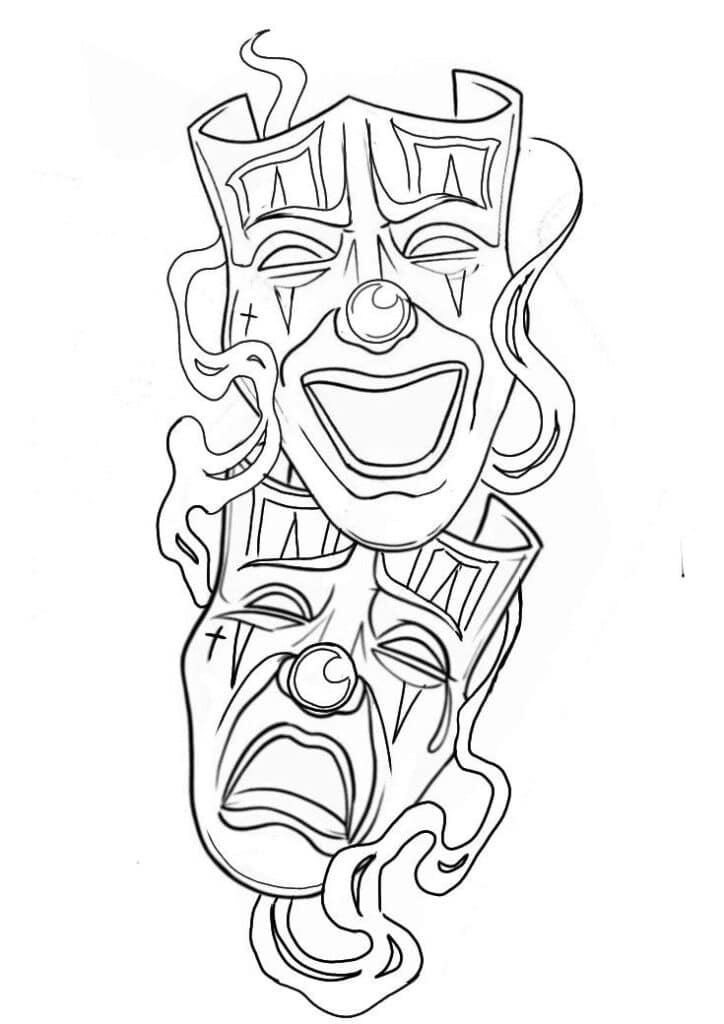
Symbolic tattoo designs play a big role in Chicano art. Each image often tells a story or shares a message. For many wearers, these tattoos are a way to show pride in culture, family, or beliefs.
Religious images like crosses, praying hands, or the Virgin Mary reflect faith or hope. Skulls and roses are used to represent the mix of life and death, love and loss. Letters or words in Old English font may show identity or respect for roots.
Some designs use images of lowrider cars or city skylines to show Chicano heritage or connection to one’s community. Clown faces or masks can stand for tough times or change. Each symbol is chosen to carry personal or cultural meaning, not just for style.
Visual Elements in Chicano Art Tattoos


Chicano art tattoos feature strong visual themes, careful use of color, and recurring graphic motifs. They often balance meaningful symbols with technical tattoo methods, giving each piece a unique style rooted in cultural identity.
Color Palette Choices
Chicano art tattoos are usually recognized for their black and gray color palette. This choice comes from early tattooing tools and ink limitations, but it has grown into a distinct style. These colors help create dramatic shading and contrast, making images appear almost three-dimensional.
The use of grayscale highlights shadows, depth, and subtle facial expressions. Sometimes, a small pop of color like red is added for special details, such as roses or graffiti-style text. Bold and simple, this limited palette brings out the realism in designs, with soft gradients and smooth transitions between light and dark areas.
Use of Vector Illustration
Many Chicano tattoos use vector illustration techniques even if they are done by hand. Artists create clear, sharp lines for elements like script lettering, faces, and symbols. This style ensures every detail—a teardrop, a line in a rose, or the folds of a bandana—appears crisp and easy to read on the skin.
Artists may draw inspiration from vector art to keep designs consistent and proportional. This approach helps with repeated motifs, such as praying hands, the Virgin Mary, or skulls. Using vector-based outlines makes large pieces look clean even from a distance and helps tattoos stand out with fine, precise contours.
Seamless Pattern Applications
Seamless patterns are another feature of some Chicano art tattoos. Patterns may include repeating elements like swirls, filigree, or stylized backgrounds. These fill empty spaces and connect separate images in a sleeve or back piece, making the tattoo feel like one complete artwork.
Repeating motifs can be used behind main subjects for a textured effect. This method ties together separate symbols without overcrowding the design. By weaving these patterns around central images, artists create flow and balance, letting every part of the tattoo contribute to the overall composition.
Notable Locations and Urban Artistry

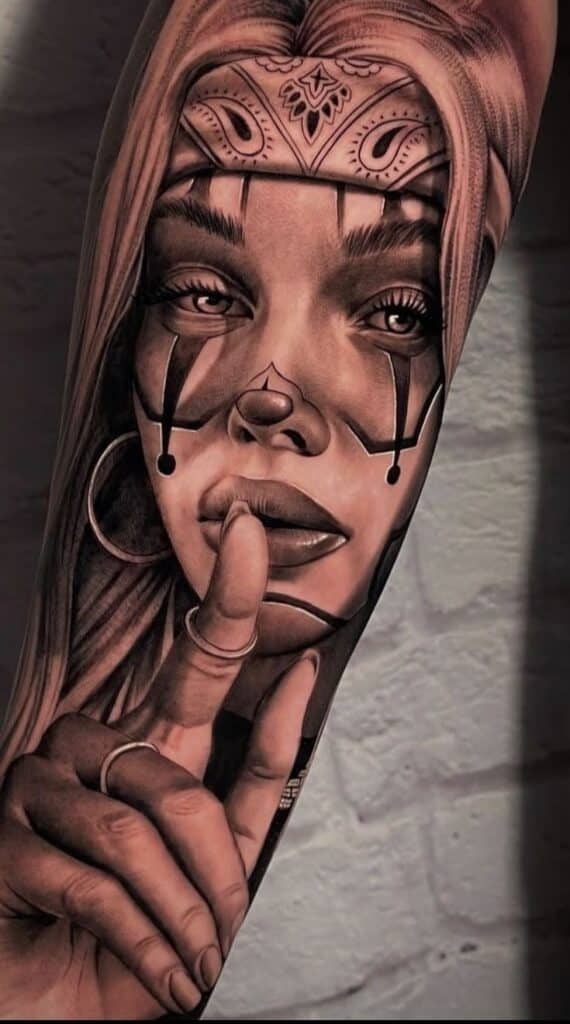
Chicano art tattoos have deep connections with urban culture, Mexican heritage, and the development of street art scenes. These tattoos reflect not only personal stories but also the communities and spaces where they are created.
Chicano Tattoos in Los Angeles
Los Angeles is a central location for Chicano art tattoos. The city’s neighborhoods, especially East LA, have played a big role in keeping this cultural style alive. Tattoo shops in LA often feature artists known for technique and authenticity.


Some famous artists and shops, like Mister Cartoon and Goodfellas Tattoo, have brought recognition to the Chicano tattoo style. They use fine lines, black and gray shading, and imagery like roses, praying hands, and script.
LA’s Chicano tattoos are also influenced by mural art and graffiti found across the city. This has helped blend tattoo artistry with other visual art forms. Many artists in Los Angeles are both tattooists and muralists or street artists, letting them spread their style outside the studio.
Street Art Connections
There is a strong relationship between Chicano tattoos and street art. Many tattoo artists come from backgrounds in graffiti or mural painting. These skills transfer to tattooing, allowing for bold designs and detailed shading.
Chicano tattoos often include elements similar to urban street art, such as sharp lines, dramatic contrast, and symbolic images. This can include images of lowriders, Aztec themes, or religious figures, which are also common in LA’s street murals.
Street art in areas like Downtown LA and Boyle Heights supports and inspires tattoo artists. This ongoing exchange shapes both tattoos and public murals, making the boundaries between the two forms less clear. It keeps the tradition alive and allows new generations to add their own style.
Mexican and Mexican American Influence
Chicano tattoos are closely tied to both Mexican and Mexican American history. Many common images—like Virgen de Guadalupe, calaveras (skulls), and Aztec designs—reflect Mexican culture and spiritual beliefs.
Artists often use these images to honor family roots and personal identity. The style developed in response to the experiences of Mexican Americans in cities like Los Angeles during the 20th century.
Community values like respect, family, and faith are often represented through tattoo themes and scripts. These tattoos tell stories of struggle and pride. Mexican and Mexican American artists continue to evolve the tattoo style, making it meaningful for both older and younger generations.
Modern Media and Representation
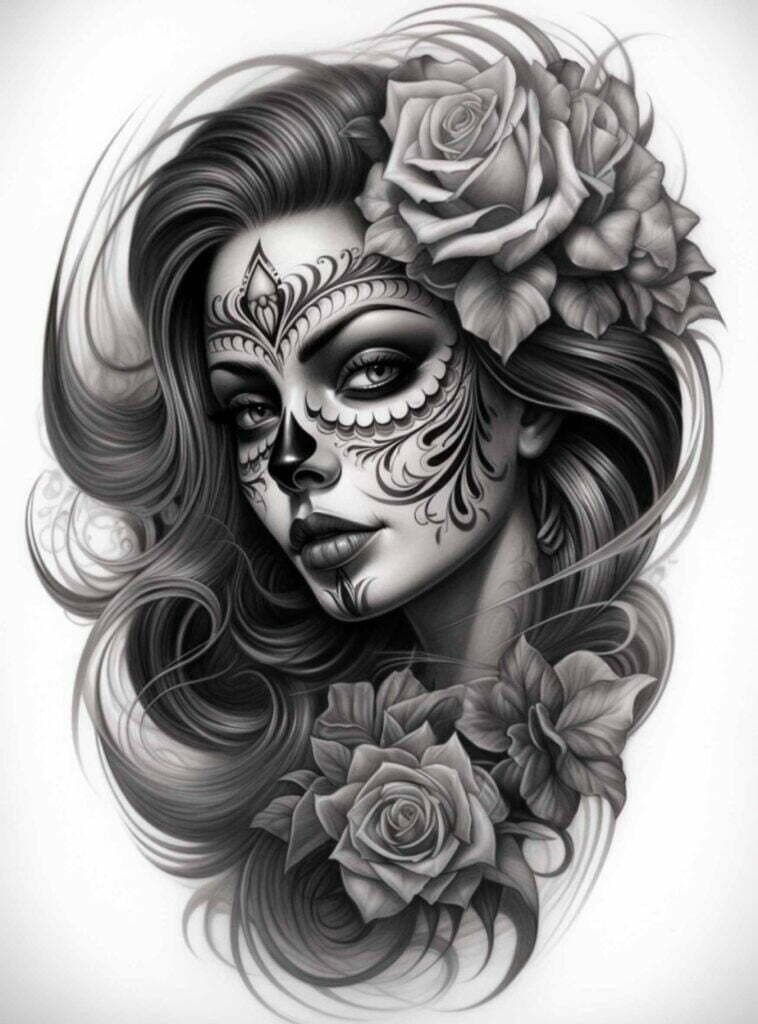

Chicano art tattoos today are shaped by digital platforms and street fashion. Visual storytelling, style, and personal expression reach wider audiences through online media and fashion trends.
Tattoo Videos and Online Resources
Tattoo videos have become a major way people learn about Chicano art tattoos. Artists create step-by-step guides that show classic techniques, shading methods, and the meaning behind the designs. Clips often highlight how tattoos connect to Chicano heritage and history.
Social media platforms like Instagram, TikTok, and YouTube give artists a space to share portfolios, teach others, and connect with fans. These videos can include interviews with tattooists, detailed time-lapses, and even live streams from tattoo conventions.
Online resources also make it easier for newcomers to find trusted artists and studios. Lists, reviews, and ranking tables are available on tattoo forums and websites. People can see examples of Chicano tattoos sorted by style or artist, helping them make an informed decision.
Baseball Cap and Fashion Elements
Baseball caps play a recognizable role in Chicano tattoo culture and street art fashion. The cap is often featured in tattoo designs, symbolizing pride, identity, and a sense of belonging. Its simple style makes it a strong visual statement in portrait tattoos.
Fashion trends in Chicano communities often include hats, flannel shirts, and bold accessories. These elements appear in both tattoo art and everyday outfits. Tattoo artists may add small but clear images of a cap, bandana, or signature clothing along with classic Chicano themes.
This connection between fashion and tattoos shows how body art and street style help express culture. Many choose to ink clothing details alongside faces, religious symbols, or script lettering to reflect their personal story and community ties.
- 4.6Kshares
- Facebook0
- Pinterest4.6K
- Twitter1
- Reddit0

